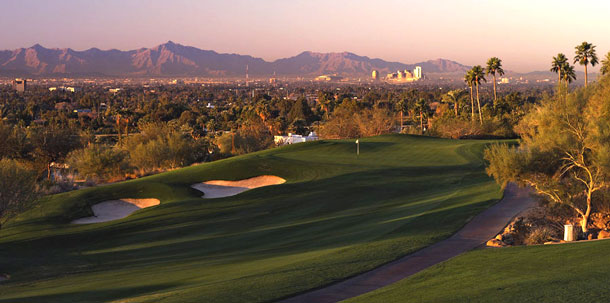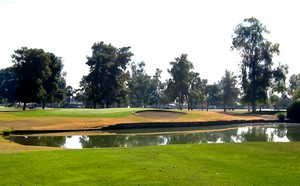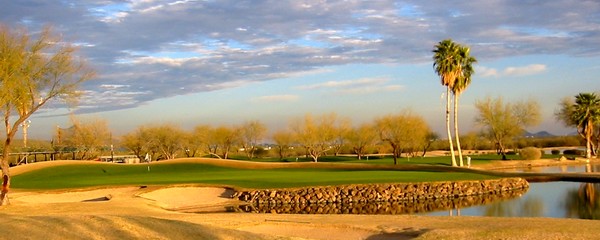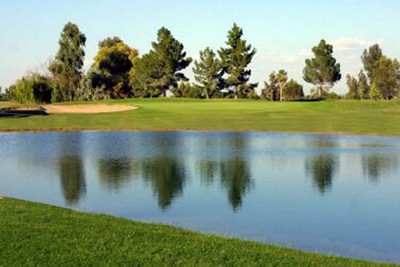AZGA Golf Buzz: When it comes to quality golf courses in Arizona, Pinnacle Peak Country Club might be the most paradoxical – Virtually everyone in the Phoenix-area golf community has heard of it, yet hardly anyone knows much about it, and fewer yet, have played it.
It’s not easy to be well known and remain a well-kept secret, but that is the case with this gem that was designed by Dick Turner and opened in 1976, making it one of the earliest clubs to spring up in north Scottsdale. In fact, aerial photos of the course when it first opened show no homes or other structures in an area that now is nearly built-out.
Still, the course remains somewhat secluded due to surrounding mountains and a massive hedge that blocks viewing from Pinnacle Peak Road along its northern boundary. This private, member-owned club is limited to 325 members and offers seven different memberships, including social and prospective, for those who remain on the waiting list. Many of its members are residents of other states or countries, leaving local members with plenty of tee-time options on a beautiful layout nestled in the McDowell Mountain Range.
Pinnacle Peak, which is one of Scottsdale’s best-known landmarks, actually stands about five miles away but provides a backdrop for some holes on this course that has a traditional design with tree-lined fairways. Water comes into play on three holes and there are three sets of tees each for men and women, ranging from 4,952 to 7,030 yards, with a rating of 72.8 and slope of 130 from the back tees.
The course underwent an extensive renovation in 1996 that included installation of a new irrigation system, reconfiguration of the bunkering and rebuilding of all 18 greens, which have resulted in pristine conditions. The bent-grass greens, in particular, are among the best in the state.
The front nine is considered the harder of the two and features a delightful six-hole stretch starting at No. 3, a 188-yard uphill par 3 to a green that slopes front to back and is squeezed by bunkers. The seventh, a 450-yard par 4, is the No. 1 handicap hole where even a well-struck tee shot leaves a fairway wood or long iron shot to a green that slopes back to front.
The front nine ends with the signature hole, which at 170 yards is the shortest par 3. Water runs down the entire right side with a pond guarding the front and right of the green and a bunker wraps around the entire back side. A small waterfall and colorful flowers help make this one of the most scenic holes on the course.
The back nine is slightly longer but offers more birdie opportunities. Among them is the par-4 12th that plays downhill at 376 yards from the back tees, but features one of the toughest greens on the course to read and putt. Another is the 16th, a 369-yard par 4, but it features a tight, tree-lined fairway and a nasty pot bunker in front of the green.
The layout presents an excellent finishing hole – a 588-yard par 5 that requires three good shots to reach the green, with out of bounds along the right side, trees lining the left, a lake coming into play down the left side and a shallow green protected by three bunkers.
The clubhouse has undergone extensive remodeling and reopened in 2004 with rustic stone fireplaces, gabled roofs and a Spanish Colonial-style exterior. It houses fine and casual dining rooms, a grille room, locker rooms, a fitness center, golf shop, cocktail lounge and meeting rooms. Pinnacle Peak also features excellent practice facilities and a heated lap swimming pool and tennis courts, although golf is overwhelmingly the activity of choice here.








